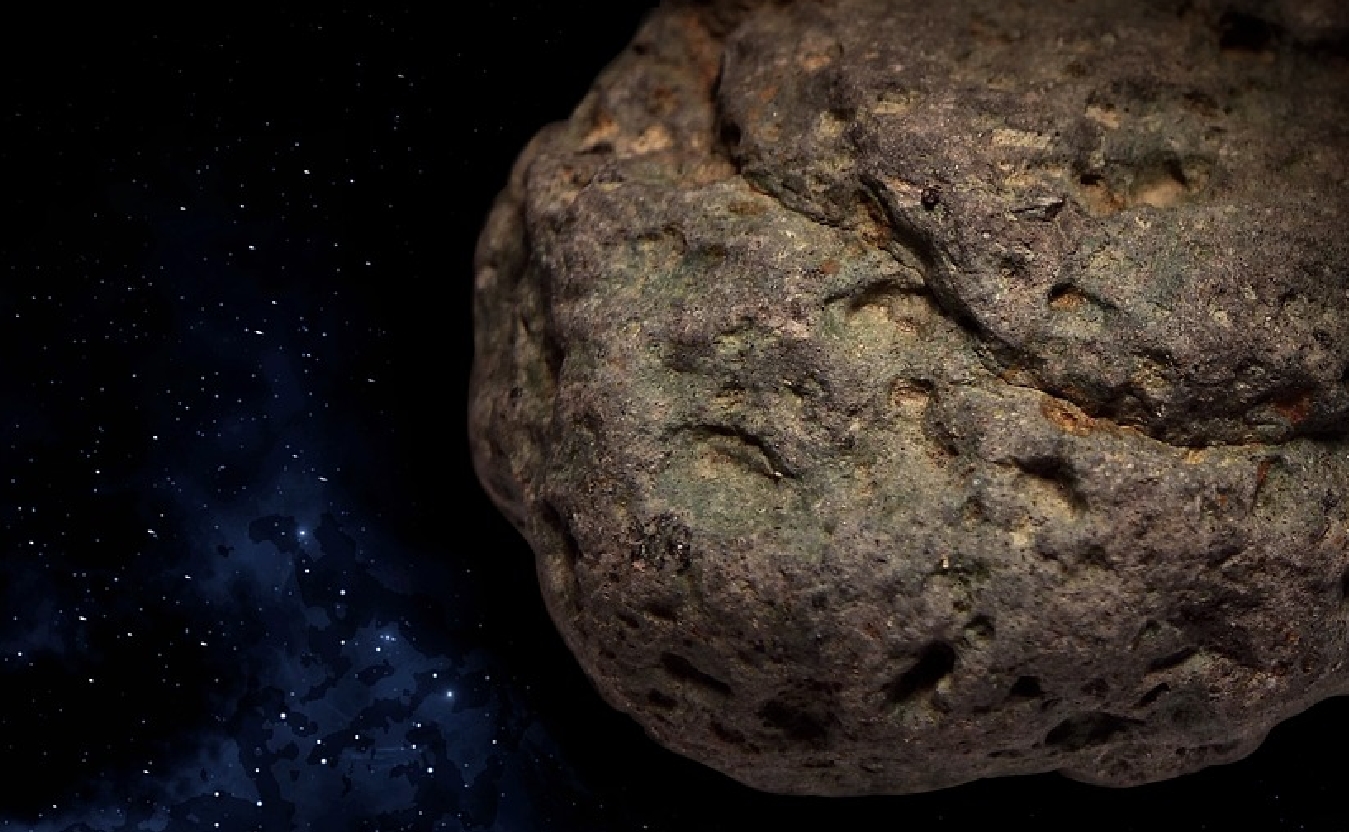A Hypothetical Pathway of Unified Ribonucleotide Formation on the Surface of Meteorite Phosphide Minerals
DOI:
https://doi.org/10.70737/32hvbs52Keywords:
RNA world; prebiotic chemistry; nucleosidation; meteorite; phosphide mineral; oxidation-reduction condensationAbstract
A unified and selective prebiotic synthesis to access N9 purine and N1 pyrimidine ribonucleotides has been proposed. Metal phosphide in meteorite and a Fe(III)-hydrazine/thiol couple could serve as the key reagents that furnish the desired transformation. The target nucleotides, which are traditionally difficult to obtain via the direct ribose-nucleobase condensation, are expected to be selectively produced via an oxidation-reduction condensation process. A pathway utilizing P(III) derived from phosphide minerals is also suggested, which circumvents several formidable issues in the conventional phosphorylation routes.

Downloads
Published
2025-04-14
